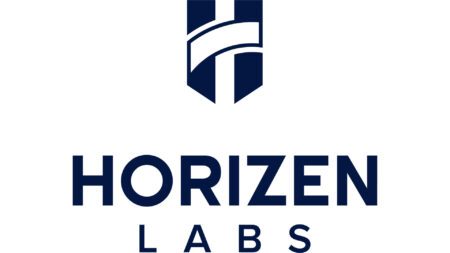Kevin Sekniqi is a notable figure in the blockchain and cryptocurrency industry, recognized for his contributions as a co-founder and key executive at Ava Labs. Ava Labs is the company behind Avalanche, a blockchain platform known for its high throughput, low latency, and scalability, making it a popular choice for decentralized applications (dApps) and custom blockchain networks.
Kevin Sekniqi’s role at Ava Labs involves leading various aspects of the company’s strategy and operations, focusing on the development and growth of the Avalanche ecosystem. His work includes overseeing technological advancements, fostering partnerships, and promoting the adoption of Avalanche among developers and businesses.
Sekniqi, along with other co-founders of Ava Labs, including Emin Gün Sirer, a well-known computer scientist and professor at Cornell University, has been instrumental in driving innovation in the blockchain space. Their work at Ava Labs is particularly significant in addressing some of the common challenges faced by blockchain networks, such as scalability, speed, and interoperability.
In response to Ethereum inventor Vitalik Buterin’s recent publication of a technical roadmap diagram for Ethereum for 2024, Kevin Sekniqi of Ava Labs shared his personal wishlist for Avalanche’s development in the coming year. This wishlist, while reflective of Sekniqi’s personal aspirations, aligns with many developments already slated for Avalanche in 2024.
Here’s a detailed breakdown of Sekniqi’s wishlist
Base Layer Consensus Improvements
Sekniqi envisions significant enhancements in Avalanche’s base layer consensus. The goal is to reduce the time to finality to under 250 milliseconds, with an “optimistic fast finality” mode achievable in just one or two rounds. This improvement, deeply integrated with all APIs, aims to provide nearly instantaneous experiences for users, enhancing wallet and frontend interactions.
Consensus Capacity Upgrades
Proposed changes to the c-chain involve a swap to a non-primary subnet, accompanied by increased hardware requirements. Despite Avalanche’s lightweight nature, boosting storage and network bandwidth requirements could significantly enhance its capacity.
Deep Code Refactoring
A major overhaul in the codebase is planned, focusing on reducing technical debt. This involves removing all Geth code, except for the basic state transition logic, to reduce dependency on the Geth codebase. Such refactoring will simplify and secure code upgrades, accelerating VM upgrades.
Database Upgrades
Post-refactoring, Sekniqi suggests introducing FirewoodDB, a linear-access database optimized for blockchain data storage. This upgrade is expected to drastically improve the read-write efficiency of the EVM (and other VMs), addressing the current issue where validators spend a majority of their processing time accessing state data on disk.
Subnet Upgrades
The wishlist includes enabling c-chain-native elastic subnet staking. Currently, launching a permissionless, elastic chain is limited to tokens minted on the x/p-chains. Expanding this capability to the c-chain, where most active tokens currently reside, could be a significant development.
AWM and Teleporter
Sekniqi aims to bring AWM (Avalanche Wallet Messaging) and Teleporter (the messaging/bridging and contract interfaces) to production level. The objective is to achieve a time-to-finality for an AWM message between two subnets under one second, potentially making Avalanche the fastest network for chain-to-chain state transitions.
HyperSDK Development
HyperSDK, already facilitating easy subnet launches, is set for further enhancements. The goal is to evolve HyperSDK into a comprehensive toolkit that allows for easy modifications and upgrades to various chain components, fostering rapid experimentation.
Push for New VMs
Finally, Sekniqi expresses a desire to see HyperVM, Avalanche’s native VM, gain traction. He believes that HyperVM can enable optimizations beyond the capabilities of the current c-chain, potentially revolutionizing Avalanche’s performance and capabilities.
Featured Image via Pixabay









